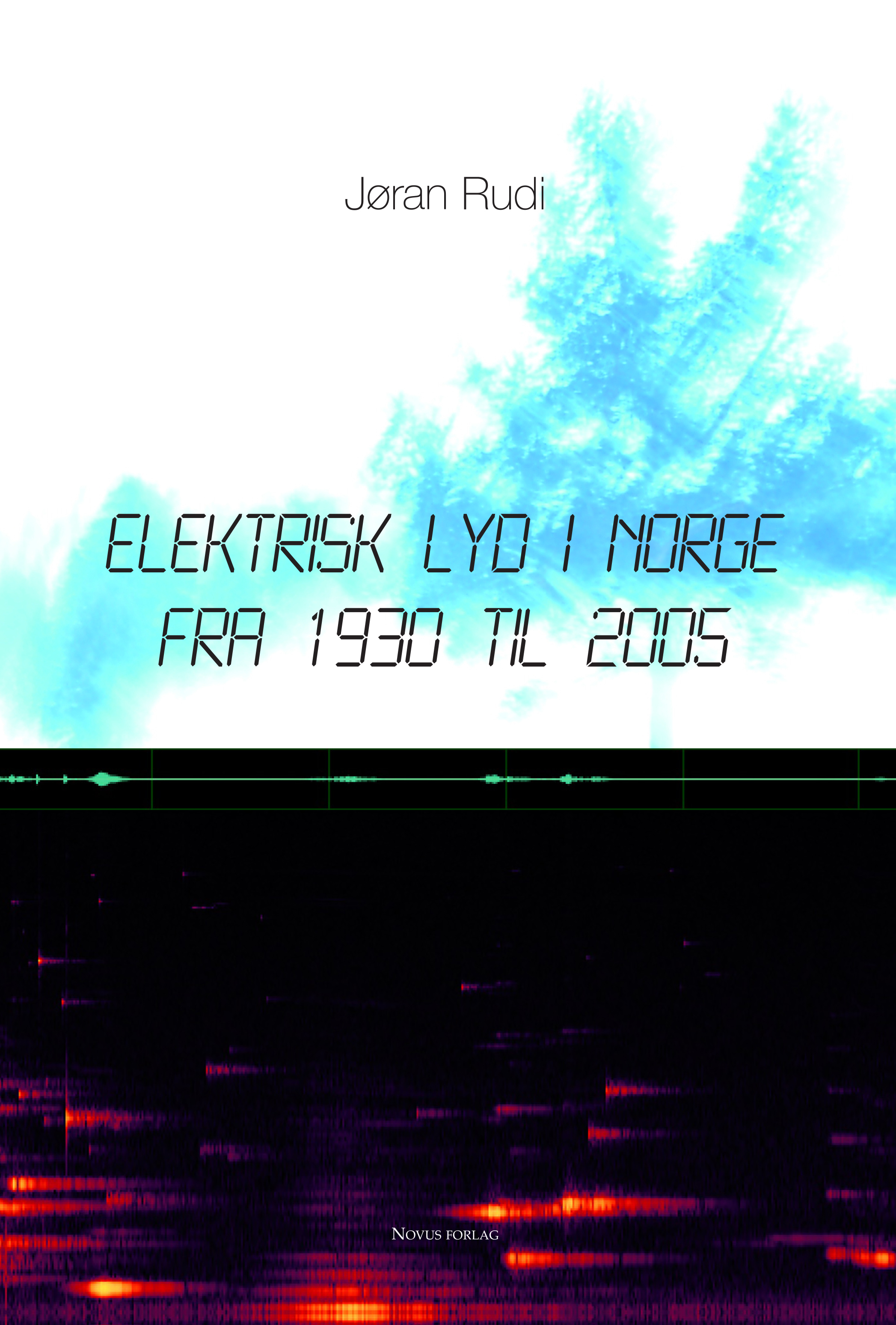On July 12, I am presenting the VR project The Forest in the House that NOTAM did in 2018 together with the University of Oslo and The National Museum for Art and Architecture in 2018. The title of the presentation is Designing and evaluating soundscapes in virtual reality exhibitions.
Electric Sound in Norway
One of my research interests is the history and development of music technology and its use in Norway, and I have published CDs and texts on several arenas from this research. And now, I have published a book “Elektrisk lyd i Norge” (Electric Sound in Norway) which sums up, explains and describes the main tendencies of this development from the frail beginnings in the 1930s and up to approximately 2005. The bulk of the text is placed under four headings: Electricity and radio, With tape and scissors, Keyboard and mouse, and Control and participation. The book explains how the technology-based music fits into larger cultural and social processes of development.
Organised Sound 23.3
Organised Sound 23.3 has the theme “Sound and Kinetics: Performance, artistic aims and techniques in electroacoustic music and sound art”, and is edited by Neal Spowage and myself. In addition to an editorial text, I have an interview with Benoit Maubrey in this issue, which to me is particularly interesting because it also features two articles from Norwegian artists with work in this field: “Materiality in Sound Art” av Asbjørn Blokkum Flø, and “Music as Organised Time: A strategy for transmedial composition and a questioning of the relation between music and sound” av Christian Blom.
Record release for Knut Wiggen
On October 18 2018 the LP Knut Wiggen – Electronic Works 1972-1975 was released at NOTAM. The album is published by O. Gudmundsens Minde and contains the pieces Sommarmorgon, Rest, Etyd, Massa and EMS för sig själv, and is published for the first time in stereo. The album is mastered by Cato Langnes at NOTAM, and I have written the sleeve notes. The label O. Gudmundsens Minde is an alias for Lars Mørch Finborud and Lasse Marhaug.
Teh record has received great reviews, as here in Morgenbladet and in Vårt Land.
A podcast where I describe Wiggen’s achievements can be found here.
Preserving Digitally Inscribed Music
On October 25, 2018, the National Library of Norway puts on the seminar “https://www.nb.no/hva-skjer/notated-music-in-the-digital-sphere/”, And mys contribution is “Preserving digitally inscribed music.”
Here is the abstract:
Musical notation is a prescriptive tool that is at least 4000 years old, aiming for preservation of both musical ideas and performance practices. The notation system for instruments and voice that we use today is hundreds of years old, and has over time been developed into the complex instruction sets that one can find in contemporary score, where new musical expressions are pursued by unusual excitation methods and increasingly detailed performance control.
This notation system has also found its way into the digital domain, and much research effort has been made in developing methods for migrating paper-based scores into machine-readable documents. However, digitally inscribed music often relies on more than pitch, duration, pulse and rhythm, and much of the modern electronic expressions cannot be captured or reproduced using conventional notation.
This presentation will discuss the urgency of preserving the heritage of digital music, present early projects and practices in this area, and provide recommendations for future efforts in securing an updated and more complete record of musical history in formats that also facilitate performability.
Mer informasjon her: https://www.nb.no/hva-skjer/notated-music-in-the-digital-sphere/

